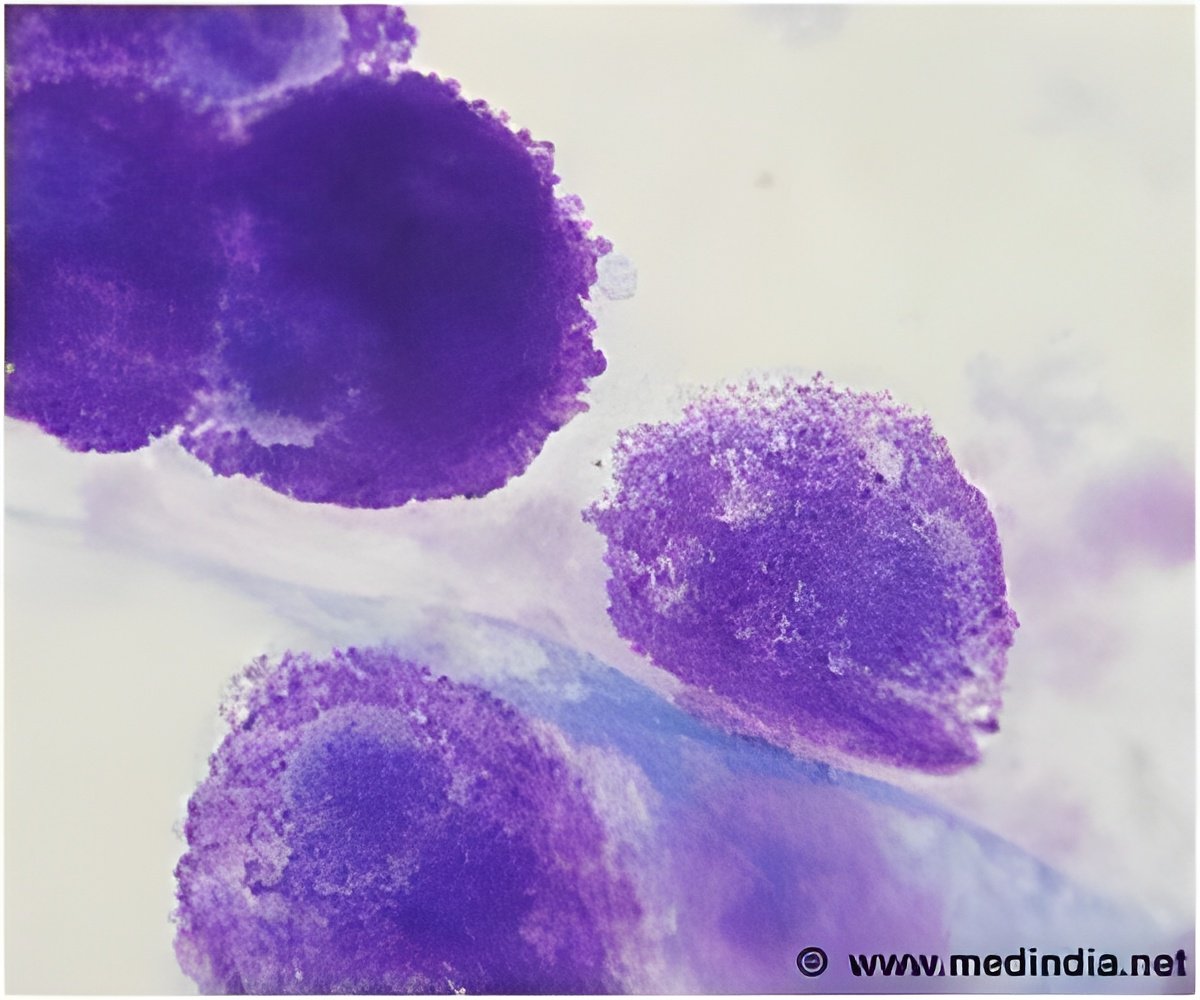Over time, metastatic cancer cells in melanoma inevitably develop resistance to drugs despite the success of recently approved therapies for the condition.

They found that resistant melanomas acquired a mutation in the MEK2 gene and multiple copies of the mutant BRAF oncogene, simultaneously decreasing the sensitivity to both drug targets. Their findings also uncovered a new potential target for melanoma therapy, a protein called S6K. Additionally, early studies in a laboratory model for melanoma show that a triple combination of drug inhibitors halted the growth of resistant tumors.
"Melanoma tumors are particularly adept at rewiring themselves so that anticancer drugs lose their effectiveness, and we must continue to outthink the disease in order to block off all points at which it can evade therapy," said Jessie Villanueva, Ph.D., assistant professor in Wistar's NCI-designated Cancer Center and member of The Wistar Institute Melanoma Research Center. "There are currently therapeutics available that can block the pathway that leads to S6K, but we are also interested in developing inhibitors to S6K itself."
Melanoma is the deadliest, most aggressive form of skin cancer. While surgical treatment of early-stage melanoma leads to 90 percent cure rates, advanced melanoma is notoriously resistant to chemotherapy and has a tendency to metastasize, or spread, throughout the body. According to the World Health Organization, cases of the disease continue to rise internationally, which has helped spur research into therapies such as BRAF and MEK inhibitors.
BRAF inhibitors were developed in response to discoveries that a specific mutation in the BRAF gene was responsible for nearly 50 percent of melanoma cases. The BRAF protein is part of the MAP kinase pathway, a chain of enzymatic reactions—including the enzyme MEK—that is commonly over-activated in cancers.
"Combining BRAF and MEK inhibitors was conceived as a one-two punch against the MAP kinase pathway," Villanueva said, "and while it is considered successful in the clinic, some tumors do not respond and others develop resistance, underscoring the need for new therapeutic strategies."
Advertisement
"There were simply too many copies of BRAF to block, it became a numbers game and the mutation was winning," Villanueva said. "Increasing the dosage of BRAF inhibitors could be one solution, but that cannot be done in patients without causing serious toxic effects."
Advertisement
So the researchers tried combinations of inhibitors against BRAF, MEK and PI3K/mTOR (as there are currently no effective S6K inhibitors) in a mouse model of melanoma. "With a triple combination of drugs, the tumors slow down and just stop growing," Villanueva explained.
Although a cocktail of two drugs (a combination of BRAF and PI3K/mTOR inhibitors, for example) might work, they postulated that using three drugs could be more potent and counter intuitively less toxic at the same time. "We followed these mice with melanoma for three weeks, tumors remain stable, and mice did not show any evident signs of toxicity, " Villanueva said
"For patients, it is not a simple matter of introducing triple combination therapies into use," Villanueva said, " but now we have a mechanism and a rational approach to develop both new drugs and more effective combinations aimed at solving drug resistance in melanoma. Our findings might also offer important lessons for other forms of metastatic cancer."
Source-Eurekalert










